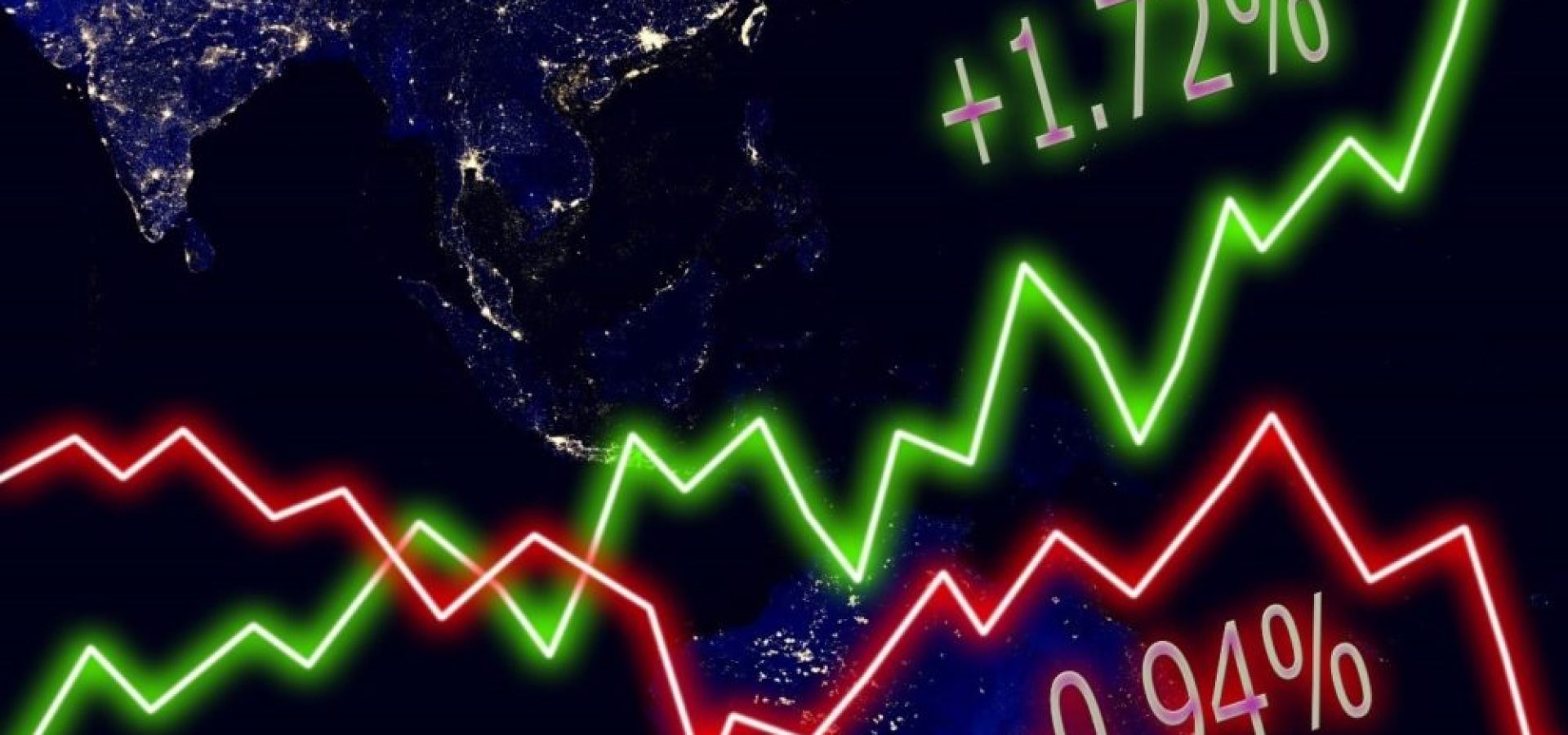According to a report by S&P Global Ratings, surging U.S. bond yields will not damage Asia’s emerging markets as severely as they did during the taper tantrum eight years ago.
Taper tantrum describes the rise in U.S. Treasury yields in 2013 after the Federal Reserve reported it would wind down its quantitative easing, or asset purchase, program.
The move prompted sharp outflows of money from emerging markets, including those in Asia. Furthermore, it forced their central banks to hike interest rates in order to protect their capital accounts.
U.S. Treasury yields have been increasing for weeks. The benchmark 10-year Treasury note reached a high of 1.689% on Wednesday, its highest level since January 2020. It has since dipped after Federal Reserve Chair Jerome Powell announced the central bank had no plans to hike interest rates.
Shaun Roache, S&P’s Asia-Pacific chief economist, explained that U.S. yields are growing in response to hopes that better economic growth will lift inflation. He added that Asia is usually a prime beneficiary of increasing global growth.
Besides, S&P reported that current economic conditions in Asia empower the region to better guard against external shocks compared to 2013. They added that those conditions include current account surpluses, low inflation, higher real interest rates, and higher foreign-exchange reserve buffers.
India and the Philippines are likely to become the most vulnerable
Several countries in Asia have been relatively successful in containing the spread of coronavirus. Notably, it has enabled the region’s economies to recover quicker than those in Europe or America.
The economist announced Asia’s rebound could be threatened if markets observe the Fed as underestimating inflation risk. This will result in U.S. yields growing very quickly and the American currency appreciating at the same time.
S&P said that circumstances will make India and the Philippines the most vulnerable.
Both economies have seen inflation growth in the last months, and their real policy rates are below long-run averages. S&P said it suggests funds may pull out quicker from the two markets, leaving their central banks to increase rates in response.
However, a mitigating factor for the two countries is that their current accounts are now more robust.









COMMENTS